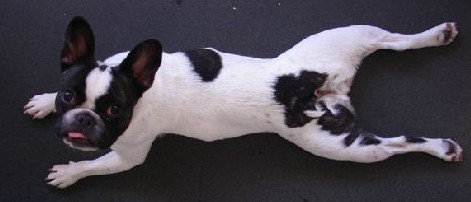Sometimes the best thing we can do for our patients is to pull a tooth out (or several teeth out). Whenever possible, alternative treatments are considered to try to save a tooth. Sometimes, because of advanced disease, the inability to maintain adequate home- care, or even to prevent further problems, extraction is the best option.
Extractions can be simple or complicated, depending on the tooth and the degree of disease present. We perform surgical extractions on most of the teeth we extract, where a flap in the gum is created and raised, exposing the root of the tooth. Bone surrounding the root can then be removed with a high-speed dental burr to facilitate extraction. Teeth with multiple roots are divided or sectioned, and each section is removed individually as if it were its own tooth.
After extraction, the holes left are cleaned, removing any debris and infection, and the bone is smoothed to get rid of any rough surfaces. The gum flap is then sutured back in place over the extraction site, eliminating a hole and allowing the animal to heal faster and with much less pain.
As dental extractions can be a painful procedure, all animals receive very good pain control before, during and after the procedure. Injectable analgesics (pain killers) along with local dental blocks (freezing) are used to eliminate discomfort. All patients are sent home with oral pain killers for several days after surgery.
Occasionally, older animals with advanced dental disease may be poor candidates for anaesthesia due to other concurrent problems. In these patients, it may be beneficial to consider extracting all of their remaining teeth, rather than subjecting them to future dental procedures. Most animals continue to do very well with no teeth, and it is far better to have no teeth than to have painful, infected teeth. Together, we can help you to make these decisions for your pet.
.

